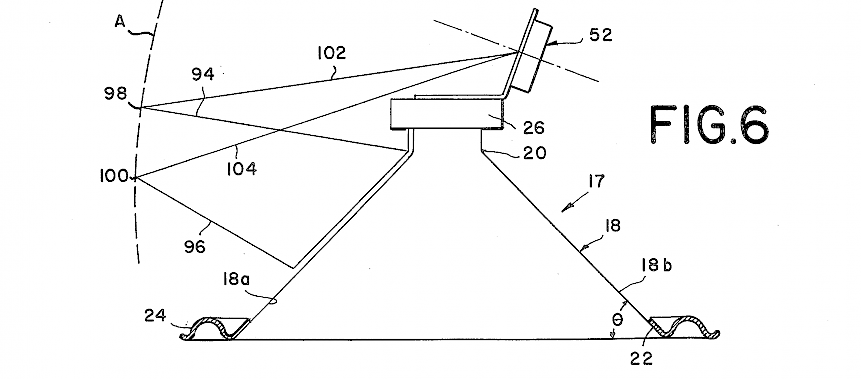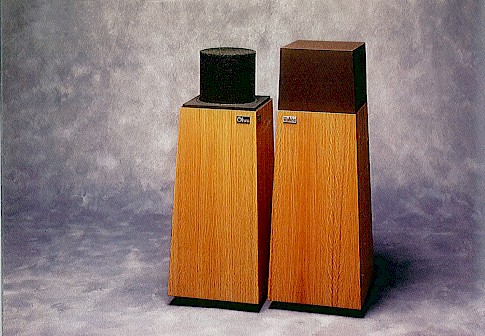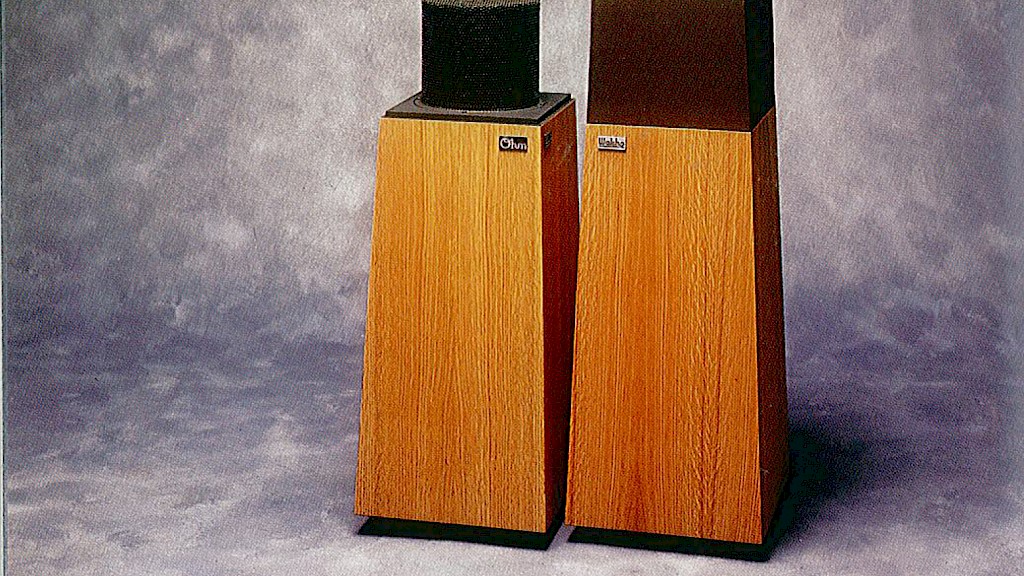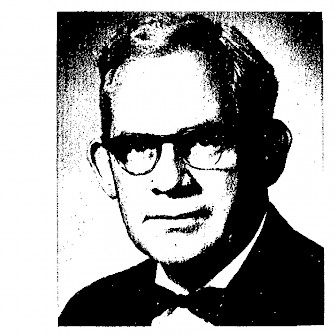What's 35 Years Old and Sounds Better Than 99% of Speakers Sold Today?
Backstory
Walsh 2 is 35 years old and still better than 99% of the speakers sold today. Lincoln Walsh realized that if you took an inverted cone made of supersonic material and drove it from the apex; you could have a speaker with a perfect 360-degree horizontal radiation pattern that reproduces the entire audible frequency range. The vertical dispersion was controllable with the choice of materials. This offered a wide variety of designs, based on Lincoln Walsh’s US patent, # 3424873 A.

The Ohm A was the first Walsh speaker. It was an 18” inverted driver with an 8-ohm voice coil. It was rated at 25 Hz - 17 kHz. It had low sensitivity. Although Bob Ajay handcrafted only a limited number of Ohm As, they proved Walsh’s theory. Thousands of Ohm Fs were sold (a 12” version with higher sensitivity and slightly more limited frequency response.) The Ohm G was the final pure Walsh system. We developed the Ohm G after we had learned about optimally-vented systems. It was an 8” system in a much smaller box with nearly the performance of the Ohm Fs.
Great Imaging, Real-World Limitations
All three models had extraordinary imaging in a single sweet spot but had other limitations: Walls act as mirrors for sound. With a 360-degree radiation pattern, each wall added the sound of another speaker to the listening room. Therefore, the omnidirectional Walshs needed to be far from walls – seven feet was a good rule of thumb.
They also had low sensitivity because adding weight to the voice coil reduces treble, while it increases bass. To get an extended smooth balance meant having low sensitivity over the whole range. To address these problems, I invented and patented a couple of ideas.
Perfect 360-degree dispersion is not perfect dispersion in a room with walls, and it does not achieve a stable stereo image. Both require controlled dispersion with the level of the left speaker increasing as you move right and decreasing as you move left (and vice versa with the right speaker). First, we experimented with absorbing the right rear radiation of the right speaker and the opposite with the left speaker. This achieved the dispersion we wanted, but at an unreasonably low sensitivity. When we rolled off the treble of the inverted driver by increasing the mass of the voice coil, we achieved the rear radiation we wanted and increased the sensitivity! By adding a super-tweeter on top of the inverted driver, we could get the treble response and dispersion we wanted in the front. This innovation still allowed us to maintain correct time and phase response. This was the basis for US Patent 4440259 A.

We knew from the Ohm G that we wanted an optimally vented design for the reduced cabinet size, improved bass response and higher output potential. We had learned that equalization was of great value, but difficult to sell as an external unit. Therefore, we devised an all-passive equalization circuit that would give us these same benefits. We called this unique design our Sub-Bass Activator (SBA). This was the basis of US Patent US4483015 A.
Behold the Walsh 2
The Walsh 2 of 1982 was the first speaker to employ these two new patents. We felt it was true to the concept of Lincoln Walsh’s original design. We wanted to honor his inspiration, so we named it after him. It was a Walsh, too!

Our new, patented improvements provided some easy-to-demonstrate benefits that are still true today:
- Precise, stable Imaging over a wide sweet-sweep instead of a narrow sweet spot (at best).
- Much easier placement near walls since the wall reflections are considered in the design.
- Wide frequency range from a modest (11” square) sized box.
- Higher sensitivity than the earlier Walsh for use with smaller amplifiers.
- Provided remarkable value – an audiophile speaker at mid-fi price.
There were some Limitations:
- The bass was limited because of the small box – later, larger model overcame this limit.
- The peak dynamic range was limited by the driver size – again, later, larger models extended the dynamic range.
- Sensitivity of the inverted driver was low compared to the big box-speakers of the day. The Xtra Output (XO) Series addressed this in the next generation.
The Walsh 2 was a unique speaker with a patented design and the reviews flowed in:
“Reach-out-and-touch-it realism”
–The New York Times
“You feel there’s nothing between you and the music”
–Popular Mechanics
“It is, bluntly put, one of one of the finest speakers we’ve heard, regardless of price.”
–The Complete Buyer’s Guide to Stereo/Hi-Fi Equipment
“Speaker of the Year”
–AudioVideo International
“This is a first-rate product which deservedly earns a place with some of the finest speakers we have tested.”
–Sound Canada
Subscribe to Ohm News & Views to get the latest posts in your inbox
Vintage Audio Enthusiasts Rejoice!
Vintage Walsh 2 speakers are continually being sold on the used speaker market today, and most of them are still in perfect working condition!
We are always working to improve our speakers. When there is enough improvement, we change the model designation. We try to make upgrades to the older models with the new drivers. A one-generation improvement can be heard on some records, but not easily on others. A two-generation improvement is clearly heard on most recordings. The Walsh 2 has been upgraded five times with two models taking its place in the current Walsh Thousand Series. The smaller Walsh 1000 can go deeper and higher, but is less sensitive; the slightly larger Walsh 2000 has the same improvements as well as even greater dynamic range and higher sensitivity. Upgrading the original Walsh 2s with the Walsh 2000 drivers gives you:
- Deeper bass,
- Extended treble,
- More open voices,
- Higher precision in imaging, and
- Greater dynamic range
- Better power handling
- Higher sensitivity
We have learned a few things in thirty-five years! This upgrade is only half the cost of all-new Walsh 2000s. We also sell Walsh 2 speakers that we’ve taken in trade, refurbished and upgraded to equal the performance of the all-new Walsh 2000, so we can extend the savings even to people who don’t already own the 2.
Enjoy & Good Listening,
John
John Strohbeen Author
John Strohbeen was the President and Chief Engineer of Ohm Acoustics from 1978-2023.



